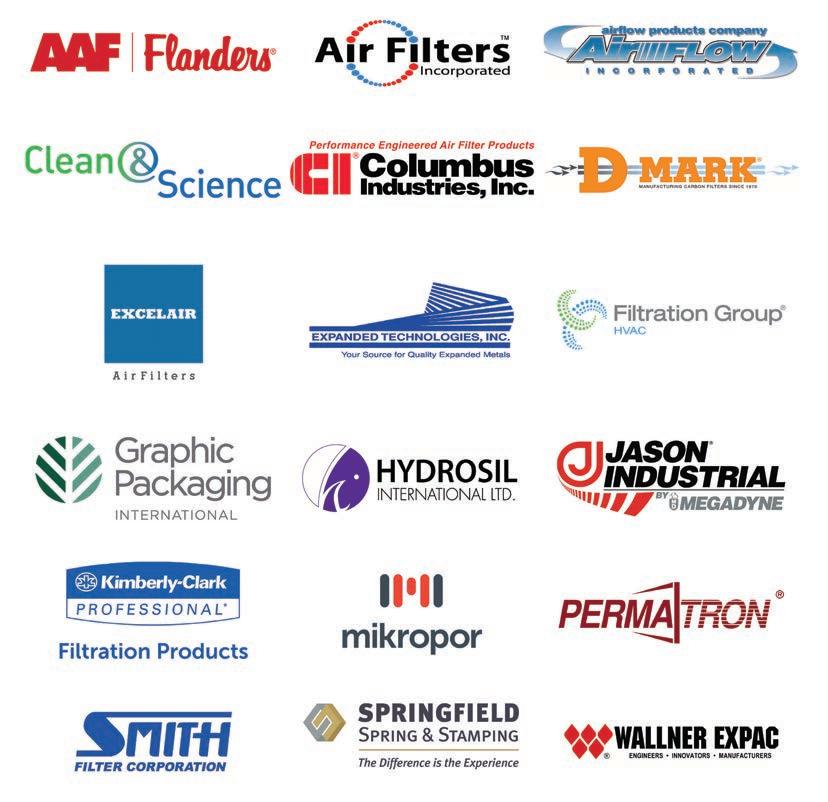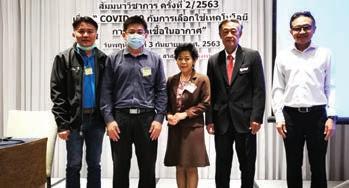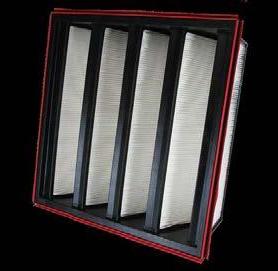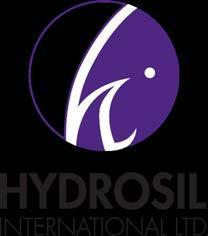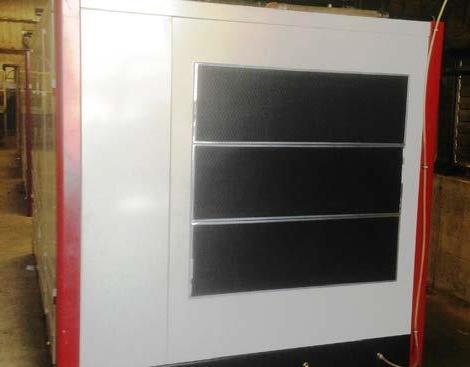
2 minute read
Making Polling Places Safe
Making Polling Places Safer
Advertisement
Photo by Element5 Digital from Pexels
As election season continues throughout the nation during the pandemic, the ASHRAE Epidemic Task Force is offering HVAC and water supply system guidance for polling places.
ASHRAE’s Building Readiness guidance provides practical information and checklists to help minimize the chance of spreading SARS-CoV-2, the virus that causes COVID-19.
“Protecting our voters and poll workers from increasing the spread of COVID-19 at polling places is essential to protecting the health, welfare and safety of the entire population,” said Dennis Knight, ASHRAE Epidemic Task Force vice chair. “Many different HVAC system types are used in polling places, so adaptation of these guidelines to specific cases is necessary.”
Here is a summary of key general recommendations related to HVAC and water supply systems for polling places: • Space Selection: Select a space with a larger area for people to spread out, and if possible, a high ceiling to provide more volume for dilution. Consider space with operable windows if there are potential ventilation issues. • Inspection and Maintenance: Consider assessing the condition of systems and making necessary repairs. All building owners and service professionals should follow
ASHRAE Standard 180-2018 “Standard Practice for the Inspection and Maintenance of Commercial HVAC
Systems.” • HVAC Operation: The HVAC and toilet exhaust systems should be running when the space is occupied. If the HVAC system cycles on/off with the thermostat, consider running the fan constantly during occupied hours. If toilet exhaust is controlled by manual switches, leave the fan running for 20 minutes after use, or consider setting the switch to “on” and use signage that directs not to change the setting. • Ventilation: A good supply of outside air, in accordance with
ASHRAE Standard 62.1-2019, to dilute indoor contaminants is a first line of defense against aerosol transmission of
SARS-CoV-2. Pre- and post-occupancy purge cycles are recommended to flush the building with clean air. If the polling place is not ventilated or poorly ventilated and filter efficiency is not good, consider opening doors and windows, and consider re-locating all voting to the outdoors. • Air Distribution: Air flow distribution should not cascade air from the face of a person onto others, so take care in using personal fans. • Filtration: Use of at least MERV-13 rated filters is recommended, if it does not adversely impact system operation. If MERV-13 filters cannot be used, including when there is no mechanical ventilation of a space, portable
HEPA air cleaners in occupied spaces may be considered.
Also consider portable air cleaners in locations with more vulnerable staff.

